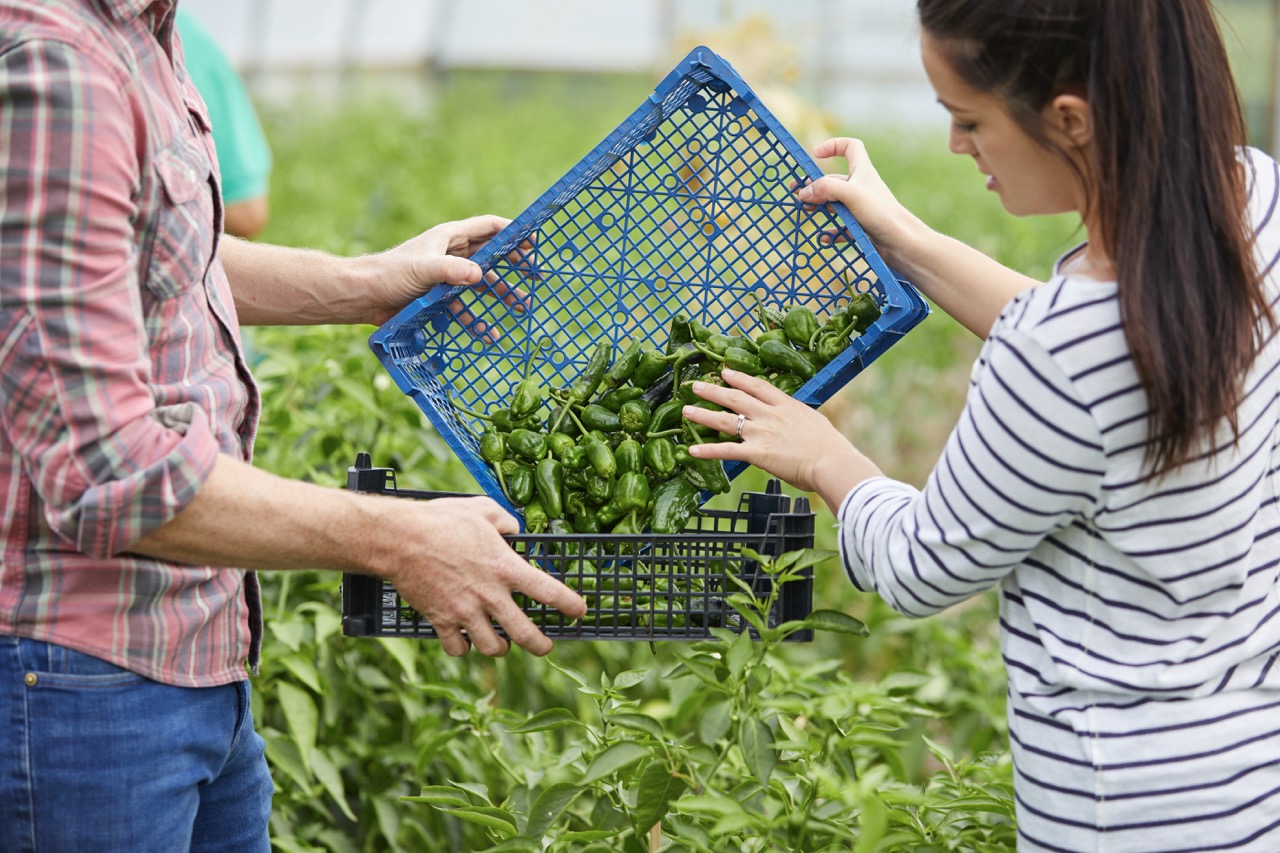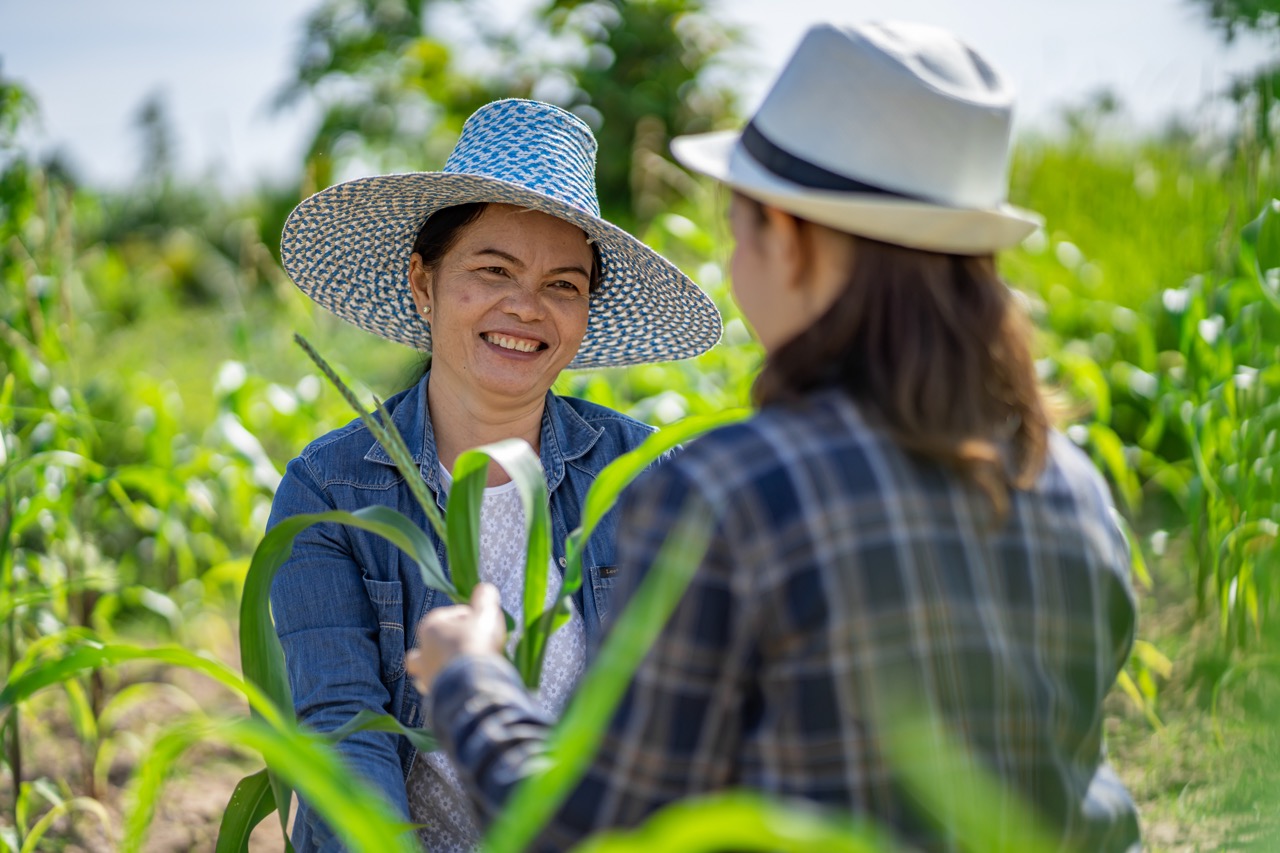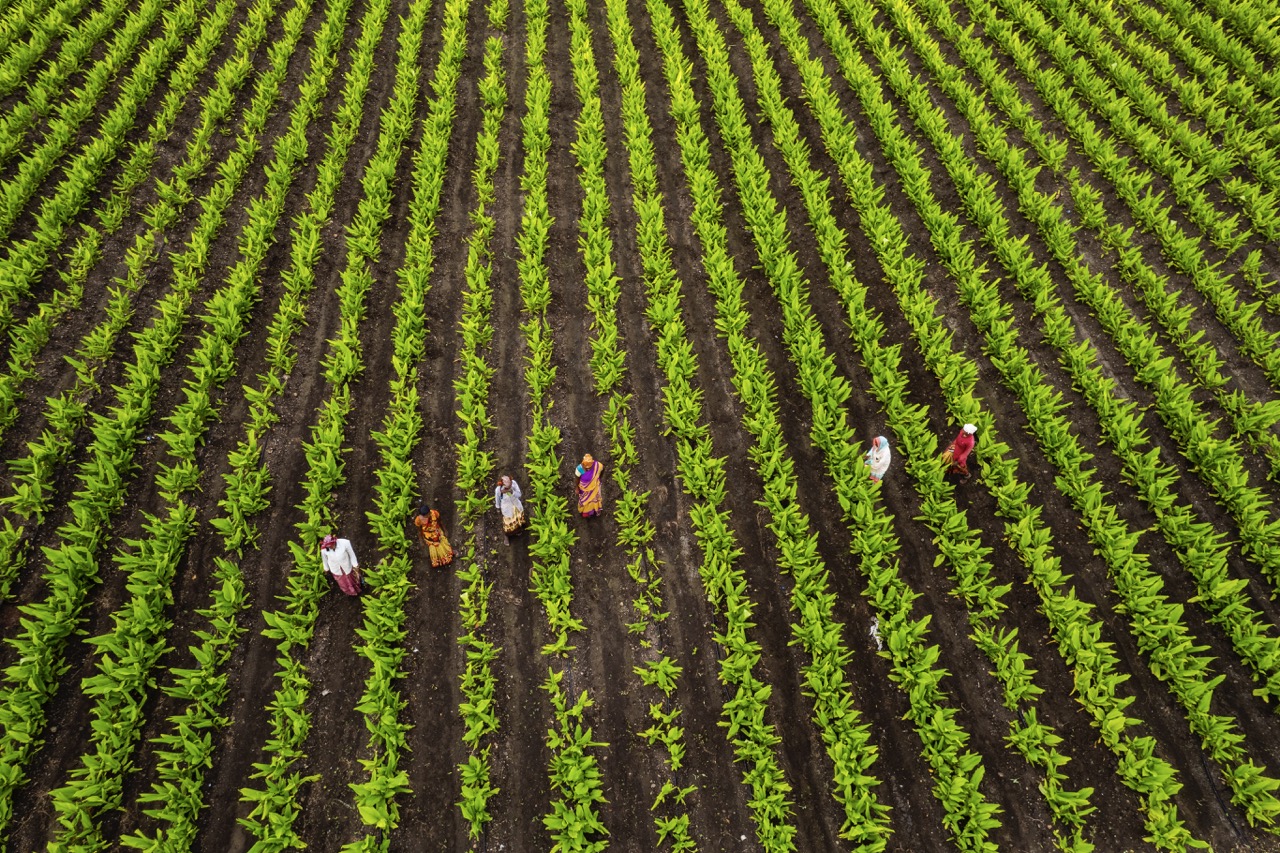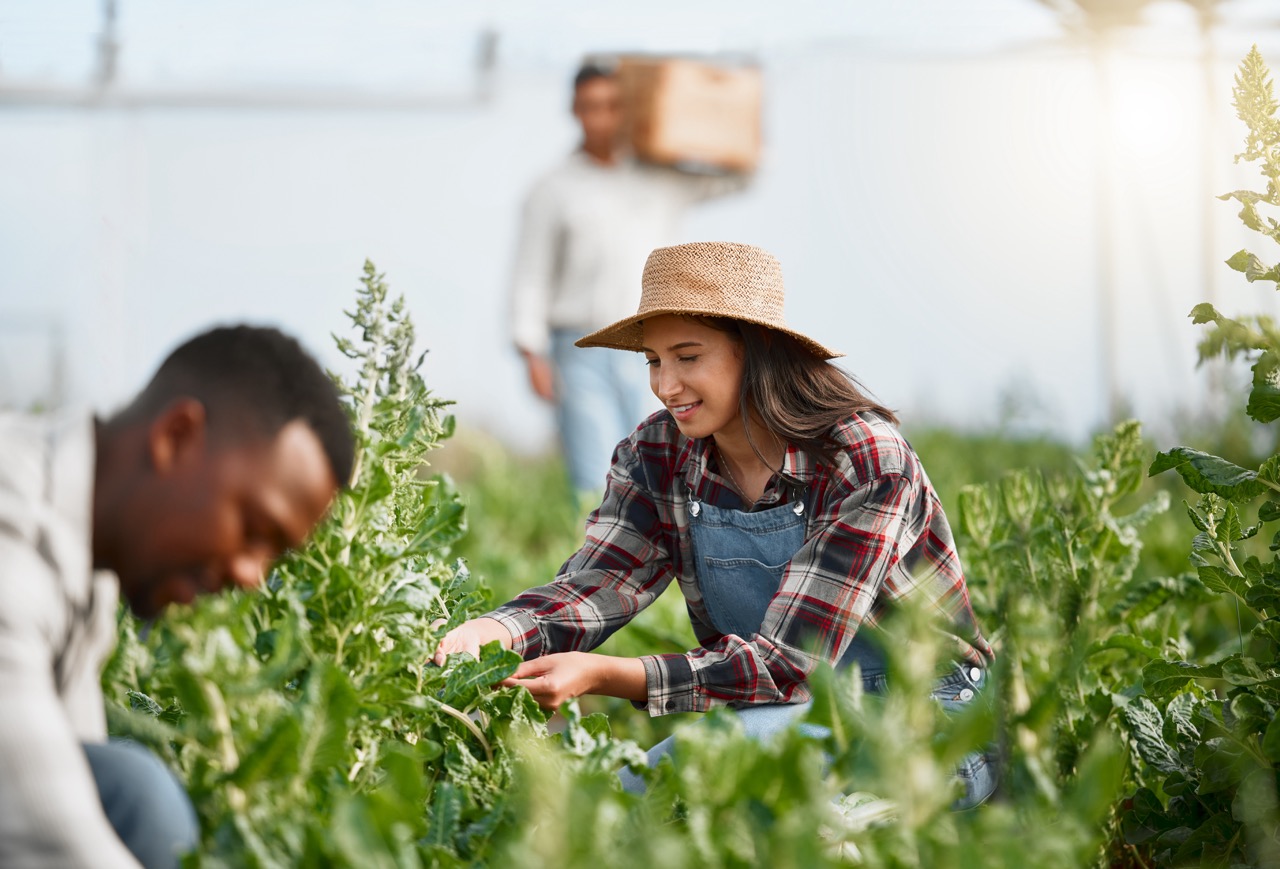In today’s fast-paced world, more individuals are discovering the benefits of small-space gardening. Whether you live in an urban apartment, have a tiny backyard, or are simply limited by space, you can still cultivate a thriving garden. Small-space gardening allows for the production of fresh, nutritious crops while promoting sustainability and environmental awareness. With the right planning and a keen understanding of your growing options, you can maximize your yield and enjoy the fruits of your labor, even in tight quarters.
The concept of small-space gardening is essential not only for food security but also for enhancing mental well-being. Research indicates that connecting with nature has numerous psychological benefits, and tending to plants can significantly reduce stress. The good news is that you do not need extensive land to enjoy these advantages. Innovative practices such as vertical gardening, container gardening, and hydroponics have emerged as popular solutions for city dwellers and small-space enthusiasts alike. This article will explore the best crops to grow in limited areas and provide practical advice on how to achieve success with your gardening endeavors.
Understanding which crops are most suitable for limited areas is crucial to maximizing your yield. Certain plants are naturally more compact and better suited for small gardens, while others can be trained to grow upwards or in confined spaces. The following list highlights the top ten crops that thrive in small gardens, ensuring you can optimize your limited growing area without sacrificing quality or quantity.
Top 10 Crops: Best Options for Limited Areas
-
Lettuce: One of the fastest-growing leafy greens, lettuce can be harvested in as little as 30 days. Its shallow root system makes it ideal for containers or raised beds, and it can even be grown in small vertical systems.
-
Radishes: These root vegetables mature quickly, usually within three to four weeks. Radishes can be interplanted with slower-growing crops, allowing you to make the most of your limited space while providing a quick harvest.
-
Herbs: Culinary herbs like basil, cilantro, and parsley thrive in containers and can be grown indoors or outdoors. They require minimal space and can provide fresh flavors for a variety of dishes throughout the growing season.
-
Cherry Tomatoes: Known for their sweetness and compact size, cherry tomatoes can be grown in pots or hanging baskets. These vigorous plants benefit from staking or trellising, allowing them to grow upwards rather than outwards.
-
Peppers: Both sweet and hot varieties of peppers do well in small spaces. They can be grown in containers and produce a high yield relative to their size, providing both visual interest and culinary versatility.
-
Spinach: A nutrient-rich leafy green, spinach can be harvested multiple times throughout the season, making it an efficient choice for small gardens. It thrives in containers and can be grown in partial shade.
-
Green Onions: These versatile alliums can be grown from kitchen scraps or seeds. They require minimal space and can be harvested continually, making them an ideal crop for small gardens.
-
Carrots: Compact varieties of carrots can be grown in deep containers or raised beds. They can be sown closely together, allowing for a bountiful harvest that fits in even the tightest of spaces.
-
Bush Beans: Unlike their pole counterparts, bush beans grow low to the ground and do not require extensive support. They are prolific producers and can be grown in containers, yielding fresh beans throughout the summer.
-
Zucchini: While zucchini plants can spread, growing compact, bush varieties allows for a more manageable footprint. They produce abundant fruit and can thrive in raised beds or large containers.
Growing Techniques: Tips for Small-Space Success
To maximize the potential of your small-space garden, consider employing vertical gardening techniques. By utilizing trellises, shelves, or wall-mounted planters, you can create a layered garden that takes advantage of vertical space. Growing upwards allows you to cultivate more crops without sacrificing valuable ground area. Supporting climbing plants like peas, cucumbers, and tomatoes will not only save space but also improve air circulation, reducing the risk of disease.
Companion planting is another excellent tactic for small-space gardening. This approach involves planting different crops in proximity to one another for mutual benefit. Some combinations, such as tomatoes and basil or carrots and onions, can enhance growth and deter pests while maximizing the yield within your limited space. Intercropping—planting fast-maturing crops alongside slower-growing varieties—can also help make the most efficient use of time and space.
Regular maintenance is crucial for small-space gardens. Keep a close eye on watering, fertilizing, and pruning to ensure that plants receive the care they need to thrive. Consider utilizing organic fertilizers and pest control methods to maintain a healthy garden ecosystem. Additionally, implementing a regular harvesting schedule will encourage plants to produce more, resulting in a continuous supply of fresh produce throughout the season.
Conclusion: Sustainable Gardening in Tight Quarters
The rise of small-space gardening reflects a growing awareness of sustainable practices and the importance of local food production. By choosing the right crops and employing effective growing techniques, anyone can cultivate a productive garden, regardless of size. Not only does this practice help reduce the carbon footprint associated with food transportation, but it also fosters a deeper connection to the earth and the food we consume.
Moreover, small-space gardening offers a solution to food insecurity in urban areas, allowing individuals to grow their own fresh produce at home. By empowering people to take control of their food sources, we can enhance community resilience and promote healthier lifestyles. Engaging in small-space gardening is not just about maximizing yield; it’s about embracing a sustainable lifestyle that values fresh food, environmental stewardship, and the joy of nurturing plants.
Ultimately, small-space gardening is an opportunity for creativity and innovation. With a little planning and effort, anyone can transform their limited growing area into a bountiful source of fresh, healthy food. As we continue to face environmental challenges and urbanization, small-space gardening will play an essential role in fostering sustainability and promoting a greener future.
In conclusion, small-space gardening is more than just a trend; it’s a vital practice that can lead to a healthier lifestyle and a more sustainable environment. By understanding the top crops to grow and implementing effective techniques, you can thrive in limited areas and contribute to a more sustainable food system. Whether you’re a seasoned gardener or a novice, the potential for success in small-space gardening is immense. It’s time to embrace this rewarding practice and cultivate your own green oasis, regardless of the size of your space.










